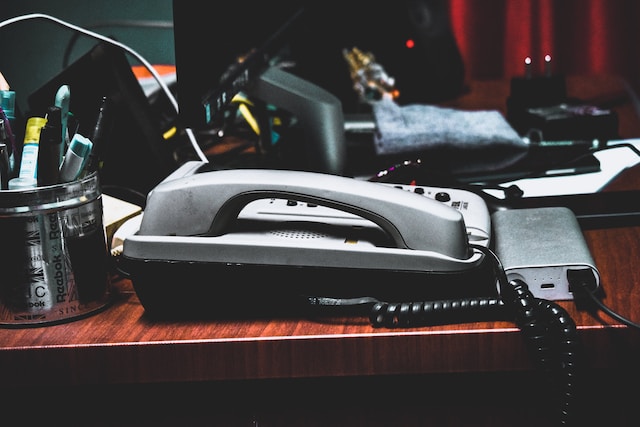As photography moved from analog to digital, voice technology also moved from analog to digital. Business analog systems have been the norm for decades but are being eclipsed by unified communications solutions.
Analog communication encodes a signal in continuously varying values, such as voltages or frequencies, while digitally encodes signals into binary code—a series of ones and zeros.
History
Until recently, landlines used analog technology. These were the copper wires that many people were familiar with. While they can still be found, their popularity has declined as cellular phones have become increasingly reliable.
Modern landline phones are usually digital-based, also known as VoIP (Voice Over Internet Protocol). These connect to a broadband network and can transfer multiple signals at once. They are commonly bundled with other services like the internet and television.
The best part about traditional landlines is that they work in power outages, even when the internet or cellular networks go down. Additionally, they have a stronger signal than cell phones, and some items, like medical alert devices, require a landline connection to function correctly. However, getting a landline phone will depend on your specific needs and budget.What companies offer landlines bundle their services, some offer them individually, and others have equipment fees. Choosing the right landline provider can be challenging, but comparing features and costs is essential before committing.
Basics
Landlines are traditional phones that connect to copper wires. They’re what most people think of when they hear the phrase ‘phone line.’ They’re still the carrier of last resort for many in rural areas where cellular networks don’t reach.
Calls are transferred over these copper wires and sent to the PSTN. The resulting analog signals are routed to the right destination based on your phone number.

You can choose between corded and wireless landlines. Corded landlines come with a phone base that you plug into your wall jack and a handset that is attached by a cord. Wireless landlines, on the other hand, connect to the phone base through a wireless connection.
Landlines have clearer audio than mobile devices and can be used in power outages, unlike cell phones. You can also port your landline phone number to VoIP services enabling you to use it on any device with an internet connection.
Expansion
While younger generations may be accustomed to mobile devices, the fact is that traditional landline phones are still very popular with businesses. They are easy to set up and offer the reliability that cellular devices do not, especially during natural disasters.
The signal that travels through copper twisted pair wires also makes landlines more secure. Someone needs physical access to the wires to prevent them from intercepting data or conversations. This is why credit card companies ask customers to call from their home phones rather than their cellular devices.
Features
A landline service provides reliability and features like call routing and multiple extensions. It can also help prevent dropped calls and voice quality issues. Cellular coverage or a power outage doesn’t affect a landline phone.
A traditional landline is an analog voice transmission line that operates on copper twisted pair wires. These lines are assigned one phone number and can handle a single call.
Landlines provide a reliable connection for several services, including home security systems and medical alert devices. Some people live in rural areas with spotty cellular coverage, which makes having a landline necessary. Others want a landline for peace of mind if the power goes out. And still, some companies need a landline for their business phones to operate correctly.
